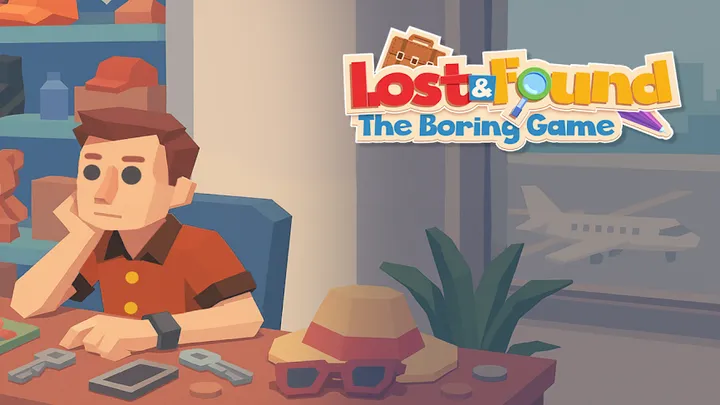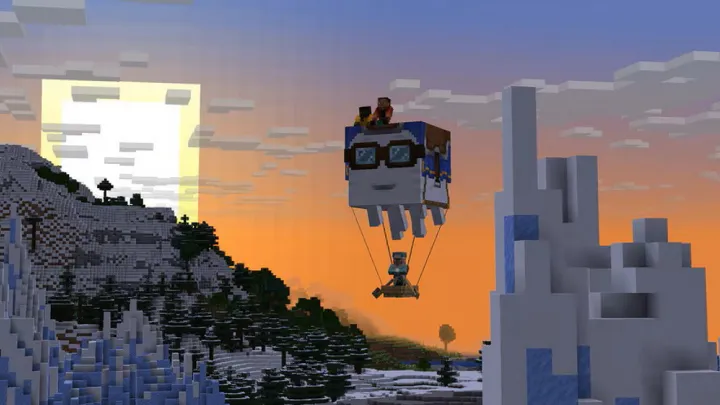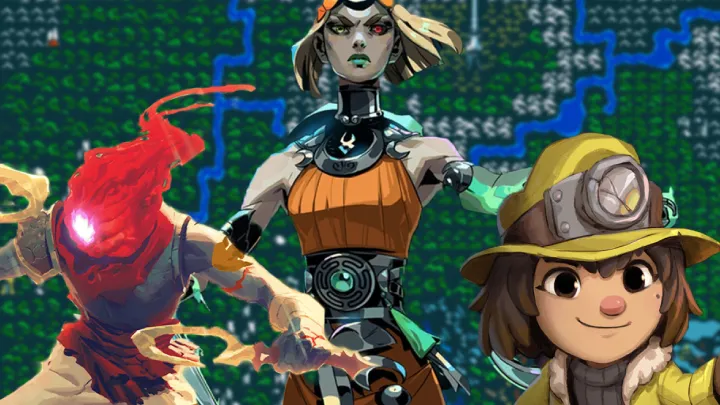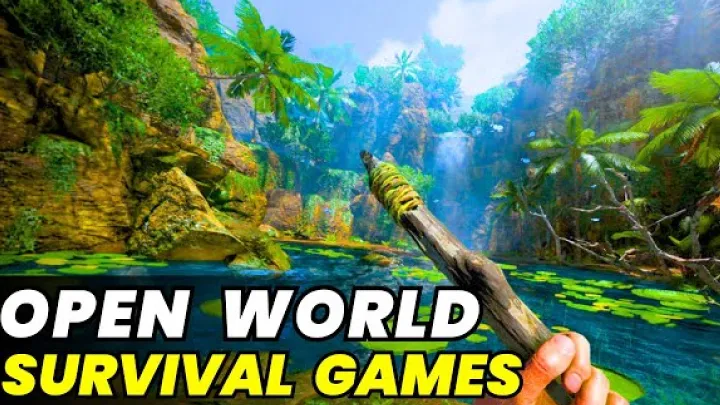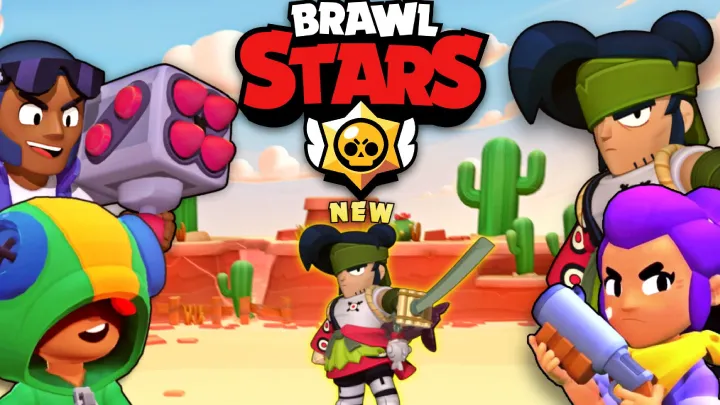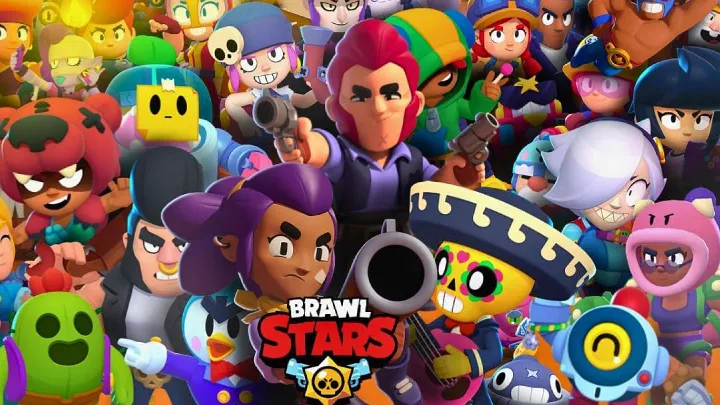Introduction
Survival games have always been a fascinating genre for players who crave challenges, unpredictability, and the thrill of staying alive in hostile environments. From surviving against nature to battling hordes of zombies or even other players, survival games test creativity, strategy, and endurance. This article will explore the top survival games of all time, diving deep into their content, analyzing gameplay mechanics, and providing a general evaluation of what makes them stand out.
1. Minecraft – The Sandbox Survival Pioneer
Introduction
When talking about survival games, Minecraft inevitably tops the list. Launched in 2011, this blocky sandbox survival game revolutionized the way players perceive creativity and survival.
Gameplay Analysis
At its core, Minecraft is about gathering resources, crafting tools, and building shelters while fending off hostile mobs like zombies, skeletons, and creepers. The survival mode introduces hunger, health, and exploration, forcing players to balance crafting, combat, and resource management.
Evaluation
Its limitless creativity, combined with survival mechanics, ensures players of all ages can find joy. The game’s replayability and mods keep it fresh even after a decade.
2. The Forest – Horror Meets Survival
Introduction
The Forest mixes survival with horror, dropping you into a mysterious wilderness after a plane crash.
Gameplay Analysis
Players must build shelters, craft weapons, and gather food while avoiding cannibalistic tribes. What makes The Forest unique is its AI-driven enemies who adapt and respond differently to player actions.
Evaluation
Its balance of horror elements with survival mechanics provides a gripping experience, especially in co-op mode. It remains a staple in survival horror gaming.
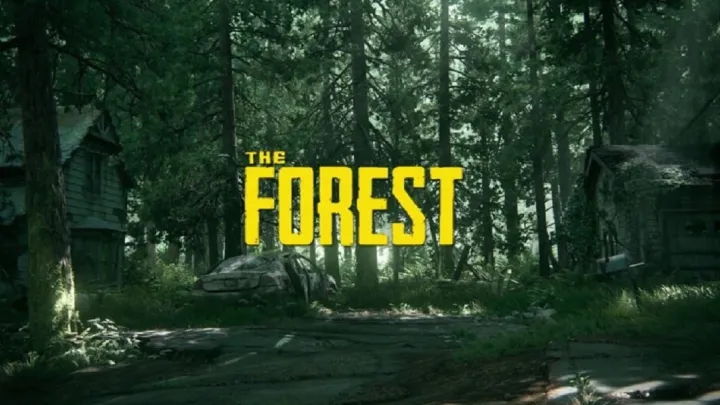
3. ARK: Survival Evolved – Dinosaurs and Technology
Introduction
Few games combine prehistoric beasts with advanced crafting like ARK: Survival Evolved.
Gameplay Analysis
Players must survive in an open-world island filled with dinosaurs and dangerous environments. Gathering, crafting, taming dinosaurs, and building bases are central. PVP servers add another level of survival against real players.
Evaluation
Despite performance issues, ARK stands out for its scale, creature diversity, and multiplayer depth. It’s both frustrating and rewarding.
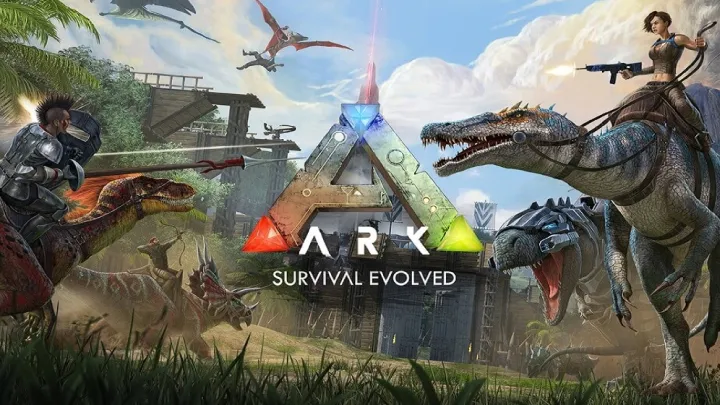
4. Rust – Brutal Multiplayer Survival
Introduction
Rust is infamous for its ruthless survival mechanics and unforgiving PVP interactions.
Gameplay Analysis
Players begin with nothing but a rock and torch. The goal: survive hunger, thirst, and other players. Base-building, raiding, and alliances shape the game’s brutal ecosystem.
Evaluation
It’s not for the faint-hearted. Rust thrives on unpredictability, offering both the thrill of dominance and the sting of loss.
5. Don’t Starve – A Gothic Survival Masterpiece
Introduction
With its Tim Burton–inspired art style, Don’t Starve is a unique entry in the survival genre.
Gameplay Analysis
The game requires players to manage hunger, sanity, and health while exploring a dark, hostile world. Crafting, farming, and seasonal challenges keep players engaged.
Evaluation
Its distinctive visuals and punishing difficulty make it a cult classic. The cooperative version, Don’t Starve Together, adds even more charm.
6. Subnautica – Survival Beneath the Waves
Introduction
Few survival games capture the beauty and terror of the ocean like Subnautica.
Gameplay Analysis
Players explore an alien ocean, managing oxygen while crafting submarines, bases, and tools. The lack of weapons shifts focus to exploration and resourcefulness rather than combat.
Evaluation
It’s immersive, atmospheric, and terrifying at times. Subnautica is survival and storytelling beautifully combined.
7. DayZ – The Post-Apocalyptic Classic
Introduction
Born from an Arma 2 mod, DayZ set the standard for multiplayer zombie survival.
Gameplay Analysis
Players scavenge for food, weapons, and gear while fending off zombies and other survivors. The realism in its mechanics—hunger, thirst, infections—creates a nerve-wracking experience.
Evaluation
Though plagued by bugs, its open-world intensity and emergent player interactions shaped modern survival gaming.
8. Green Hell – Psychological Survival in the Jungle
Introduction
Green Hell takes survival realism to the next level in the Amazon rainforest.
Gameplay Analysis
Players must treat wounds, build shelters, craft tools, and maintain mental health. The jungle’s threats—snakes, jaguars, parasites—make survival brutal.
Evaluation
Its attention to detail and realistic systems make it one of the hardest yet most rewarding survival experiences.
9. 7 Days to Die – Crafting Meets Zombie Survival
Introduction
Blending crafting and tower defense, 7 Days to Die offers a unique survival twist.
Gameplay Analysis
Players scavenge resources, build bases, and prepare for “blood moons,” when hordes of zombies attack every seven days.
Evaluation
While graphics may feel outdated, its depth in crafting and progression has kept it popular for years.
10. Raft – Survival on the Open Sea
Introduction
Raft challenges players to survive on nothing but a floating wooden raft.
Gameplay Analysis
Players expand their raft, gather drifting materials, purify water, and fend off sharks. Multiplayer co-op enhances the teamwork element.
Evaluation
Its simplicity, combined with gradual progression, creates an engaging and relaxing survival experience.
11. Conan Exiles – Survival in a Harsh Fantasy World
Introduction
Based on the Conan the Barbarian universe, Conan Exiles combines survival with RPG elements.
Gameplay Analysis
Players must survive in a brutal world, crafting weapons, building bases, and battling mythical creatures. Its PVP and PVE options make gameplay diverse.
Evaluation
It shines with lore-rich environments and freedom in character building, though it can be grind-heavy.
12. State of Decay 2 – Community-Based Survival
Introduction
Unlike most survival games, State of Decay 2 emphasizes managing a community of survivors.
Gameplay Analysis
Players must balance scavenging, base-building, and community morale while dealing with zombie infestations. Each survivor has unique skills and weaknesses.
Evaluation
It blends strategy and survival, though technical issues sometimes undermine its potential.
13. SCUM – Hardcore Survival Realism
Introduction
SCUM pushes survival realism with detailed mechanics like metabolism, digestion, and stamina.
Gameplay Analysis
Players track body stats, hunt for food, craft, and fight while surviving against other players in a massive open world.
Evaluation
It’s hardcore and niche, but appeals to players craving ultra-realism in survival.
14. Valheim – Norse-Inspired Survival
Introduction
Valheim quickly became a global hit with its blend of survival, exploration, and Norse mythology.
Gameplay Analysis
Players start in a procedurally generated world, tasked with hunting, building, and defeating mythological bosses. Cooperative play is its biggest strength.
Evaluation
Its art style and progression system make it highly accessible yet deeply engaging.
15. Project Zomboid – Survival in Its Purest Form
Introduction
Project Zomboid is a top-down zombie survival simulator with incredible depth.
Gameplay Analysis
Every choice matters—looting, barricading, cooking, even reading books affects survival. Death is permanent, and mistakes are unforgiving.
Evaluation
Its realism and modding support make it one of the most detailed survival games ever created.
Conclusion
Survival games come in many forms—whether building in Minecraft, braving the oceans in Subnautica, or enduring zombie hordes in 7 Days to Die. Each title on this list has carved its place in gaming history by testing players’ endurance, creativity, and willpower. The best survival games of all time are not just about living another day—they are about crafting stories, building communities, and embracing the unpredictability of life itself.






